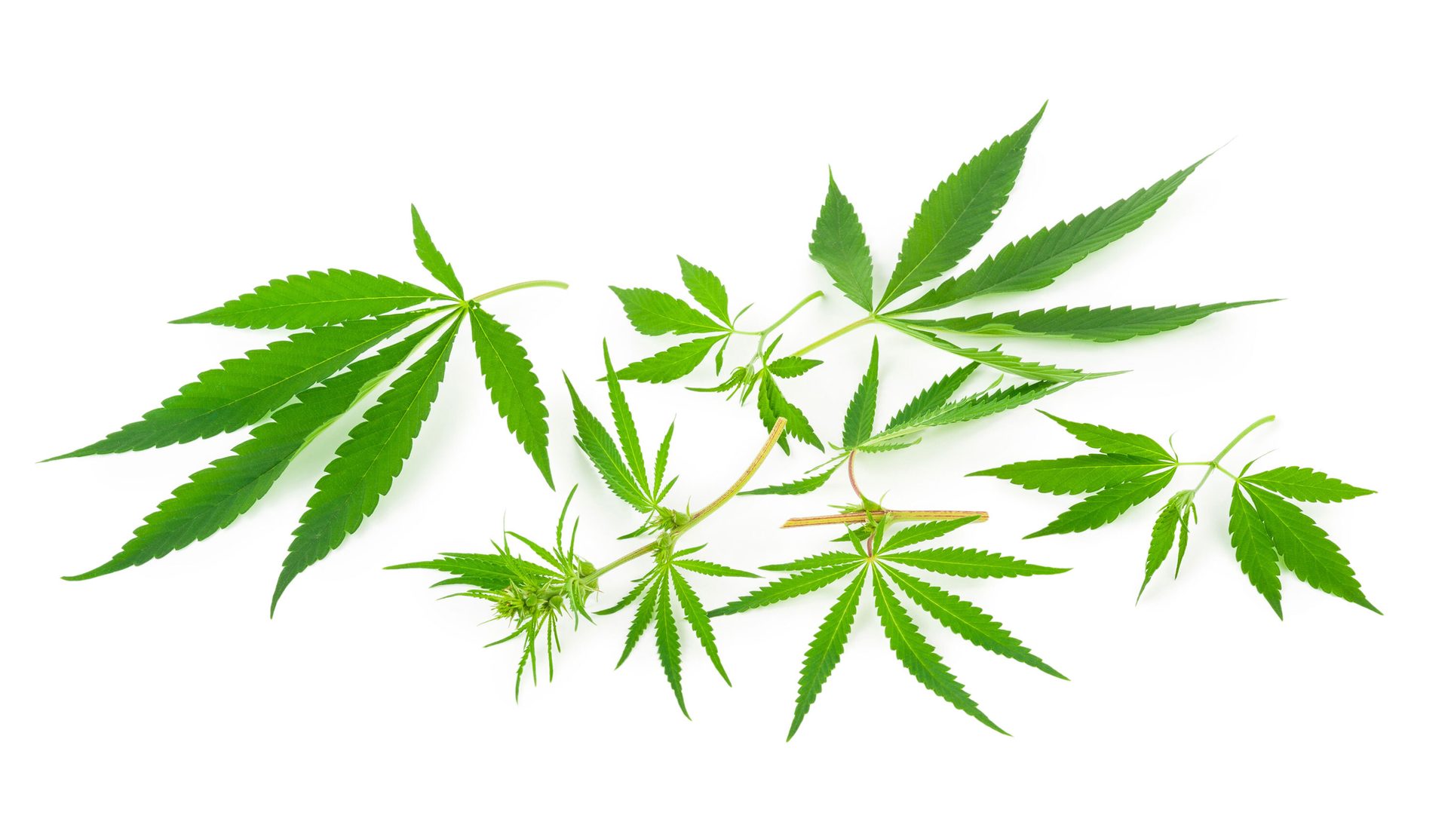Health

Video: kmatija / Creatas Video via Getty Images.
Hazards
in the cannabis industry
What safety professionals need to know amid growing operations
By ASSP

N
ew cannabis growing and processing operations are setting up shop in the wake of legalization in many states. They come with new hazards safety professionals need to know.
There are two main safety management challenges in this fledgling industry: 1) cannabis-producing companies’ equipment, processes and practices are still immature and 2) many states have a patchwork of governing agencies that regulate them.
As one of the first states to legalize cannabis in 2012, Washington state safety regulators have learned more than most about the hazards workers face in the cannabis industry.
Initially, safety professionals were often “dealing with a workforce that may not have had any experience at another employer with safety and health rules,” says Sally Buckingham, M.S., from the Division of Occupational Safety and Health within the state’s Department of Labor and Industries.
Buckingham recently presented a webinar, hosted by our Environmental Practice Specialty Community, to share the occupational safety and health challenges she’s faced and how officials have addressed them.
A patchwork of government oversight over the cannabis industry
• Like many states, Washington has several government agencies that regulate the industry:
• The State Liquor Cannabis Board issues licenses and enforces licensing laws for producers, processors and retailers
• The Department of Ecology oversees environmental regulations
• The State Department of Labor and Industries Division of Occupational Safety and Health applies safety rules and conducts inspections
• Building code inspectors and fire marshals may also enforce certain codes
• “This is frustrating,” Buckingham admits. “We want to apply a specific code to a specific hazard, but we can’t do that always in this industry. It’s a patchwork landscape because all these agencies have different responsibilities and there’s no real cohesiveness directed at safety and health.”
• When her department sees a hazard without a relevant code, it may refer violations to other agencies or “safe place” the citation, which is analogous to citing OSHA’s General Duty Clause.
Common safety violations in the cannabis industry
The most common citations Washington safety officials issue are for program violation, confined spaces and chemical hazards.
The safety program requirements include a globally harmonized system for hazard communication, incident prevention program, confined spaces, safety meetings, emergency washing, meeting agriculture program requirements and PPE.
Buckingham’s agency offers free consultations to bring companies up to compliance confidentially.
Common hazards in the cannabis industry
The most common injuries found in Washington so far are sprains — primarily related to the agricultural aspects of planting and harvesting — and cuts, often from machinery that trims unwanted plant materials from the flowers. Sprains, cuts, contusions, fractures, scratches and burns are seen most frequently.
Buckingham identifies several primary hazards cannabis workers face.
The most common citations Washington safety officials issue are for program violation, confined spaces and chemical hazards.
Ergonomics
Employees repeatedly bending over, stooping and carrying large potted plants face ergonomic issues. Addressing these exposures is challenging, Buckingham says, forcing her team and employers to find creative ways to reduce strains and sprains.
Hand trimming can also lead to chronic traumatic injury, but ergonomic trimmers can help.
Biological
Biological hazards include hypersensitivity pneumonitis, an allergic reaction that causes inflammation in the lungs due to the inhalation of vegetative dust. Recently, a cultivation facility worker died from inhaling cannabis dust while filling in “super joints,” Buckingham says.
Molds and mildews can also be severe issues for cannabis growers, but these hazards can be controlled.
Chemical
While known chemical hazards include pesticides, cleaning agents, flammable gases and liquids, and carbon dioxide, additional hazards lurk inside items like fertilizers. “Employers have a duty to take a look at any hazard statements and address concerns before people handle it,” Buckingham says, adding that accurate safety data sheets are hard to find in this industry.
The extraction process can be especially hazardous. Methods include the use of flammable gases and liquids like hydrocarbon, ethanol and carbon dioxide. However, new methods are being developed and used all the time, Buckingham says. She has observed many violations in this activity, such as employees putting their uncovered arms in large buckets of ethanol without PPE or proper ventilation.
She has also observed these hazardous chemicals stored outside flammable storage units and in the extraction room, where they are not allowed.
Ultraviolet rays
Indoor growers struggle to obtain appropriate UV eye protection, often relying on regular sunglasses. However, the glasses should be wavelength-specific depending on the UV light being used.
Many of the issues Buckingham’s department encounters are related to the inexperience of the operators and equipment manufacturers.
For example, operators often introduce respirators to protect employees against chemical and biological hazards, then fail to implement a respiratory equipment program to ensure equipment is properly used and maintained.
A field compliance safety and health officer also investigated an explosion that occurred when the bottoms of two extraction chambers failed. The culprit: brass nuts that secured the bottoms.
“We did not cite this employer, but we messaged the manufacturer to update their design,” she says. “It’s just an example of what can go wrong.”
The future of safety in cannabis operations
While many states regulate the cannabis industry using the same patchwork approach as Washington, Buckingham says that will likely evolve as we start seeing dedicated occupational safety and health rules applied to this complex industry.
ASSP is a global association for occupational safety and health professionals committed to advancing members’ careers and the safety profession. Learn more at www.assp.org

